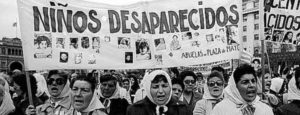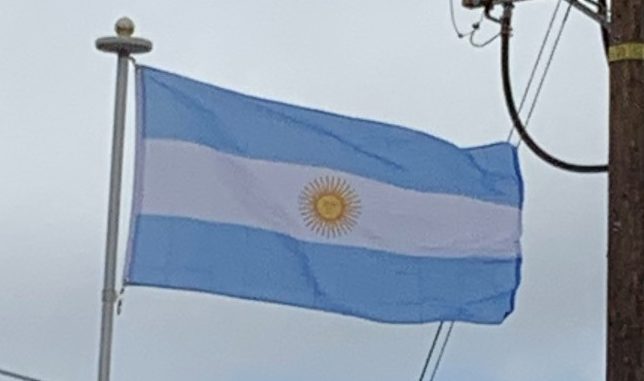Declassified documents of the Chilean secret police cite an official estimate by the Batallón de Inteligencia 601 of 22,000 killed or “disappeared” between 1975 and mid-1978. During this period, in which it was later revealed 8,625 “disappeared” in the form of PEN (Poder Ejecutivo Nacional, anglicized as “National Executive Power”) detainees who were held in clandestine detention camps throughout Argentina before eventually being freed under diplomatic pressure. The number of people believed to have been killed or “disappeared”, depending on the source, range from 9,089 to 30,000 in the period from 1976 to 1983, when the military was forced from power following Argentina’s defeat in the Falklands War. The National Commission on the Disappearance of Persons estimates that around 13,000 were disappeared.

After democratic government was restored, Congress passed legislation to provide compensation to victims’ families. Some 11,000 Argentines have applied to the relevant authorities and received up to US$200,000 each as monetary compensation for the murder of loved ones during the military dictatorship.
The exact chronology of the repression is still debated, however, as in some senses the long political war started in 1969. Trade unionists were targeted for assassination by the Peronist and Marxist paramilitaries as early as 1969, and individual cases of state-sponsored terrorism against Peronism and the left can be traced back to the Bombing of Plaza de Mayo in 1955. The Trelew massacre of 1972, the actions of the Argentine Anticommunist Alliance since 1973, and Isabel Martínez de Perón’s “annihilation decrees” against left-wing guerrillas during Operativo Independencia (translates to Operation of Independence) in 1975, have also been suggested as dates for the beginning of the Dirty War.
Onganía shut down Congress, banned all political parties and dismantled student and worker unions. In 1969, popular discontent led to two massive protests: the Cordobazo and the Rosariazo. The terrorist guerrilla organization Montoneros kidnapped and executed Aramburu. The newly chosen head of government, Alejandro Agustín Lanusse, seeking to ease the growing political pressure, let Héctor José Cámpora be the Peronist candidate instead of Perón. Cámpora won the March 1973 election, issued a pardon for condemned guerrilla members and then secured Perón’s return from his exile in Spain.
On the day Perón returned to Argentina, the clash between Peronist internal factions—right-wing union leaders and left-wing youth from Montoneros—resulted in the Ezeiza Massacre. Cámpora resigned, overwhelmed by political violence, and Perón won the September 1973 election with his third wife Isabel as vice-president. He expelled Montoneros from the party and they became once again a clandestine organization. José López Rega organized the Argentine Anticommunist Alliance (AAA) to fight against them and the People’s Revolutionary Army (ERP). Perón died in July 1974 and was succeeded by his wife, who signed a secret decree empowering the military and the police to “annihilate” the left-wing subversion, stopping ERP’s attempt to start a rural insurgence in Tucumán province. Isabel Perón was ousted one year later by a junta of the three armed forces, led by army general Jorge Rafael Videla. They initiated the National Reorganization Process, often shortened to Proceso.
